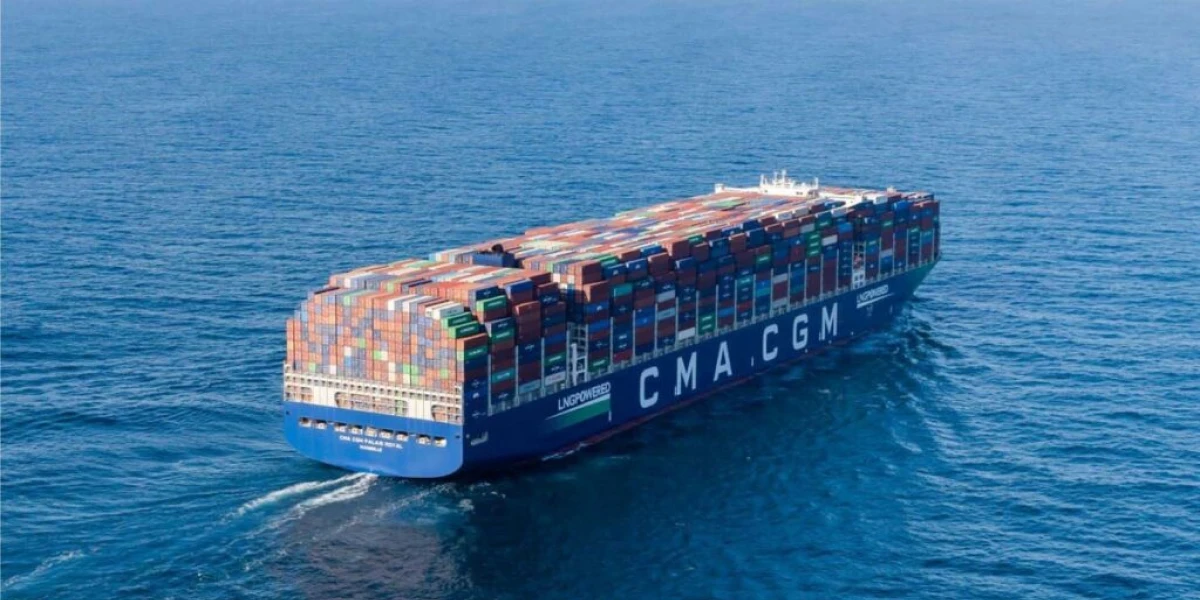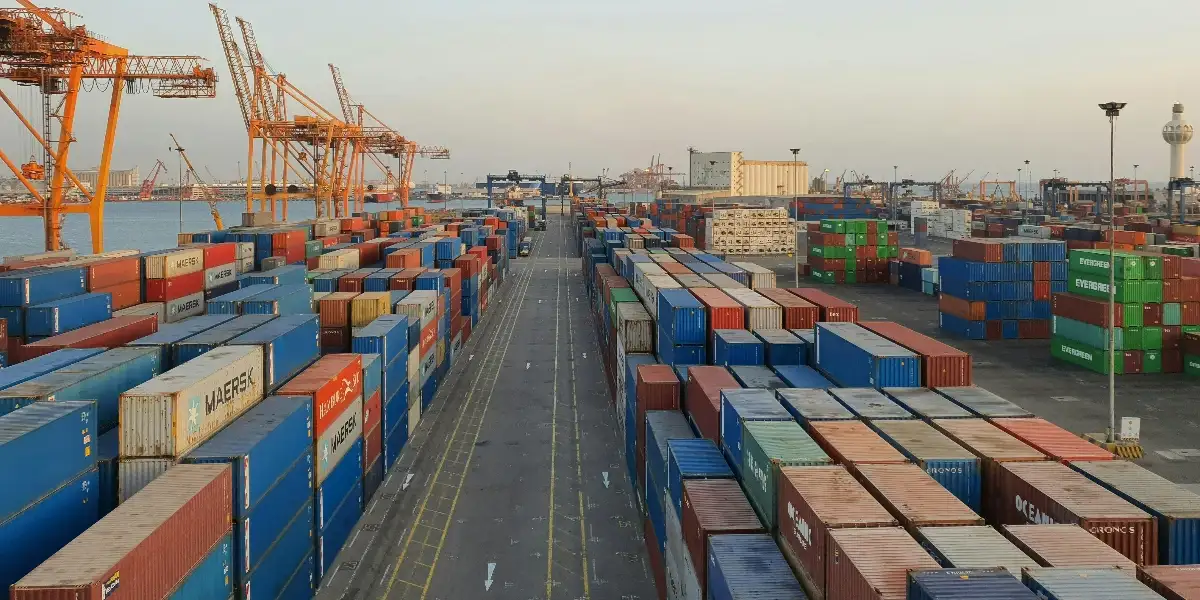Ever-evolving regulations and compliance requirements have led to highly complex customs clearance processes for logistics. With piles of paperwork, time-consuming inspections, and a wide range of administrative tasks and regulations, businesses and brokers are expected to juggle so many elements at once. They are left navigating a maze of documentation, manual processes, and inefficient practices.
Fortunately, the increased digitization of maritime trade has led to cutting-edge solutions to automate and streamline the clearance process. In this blog, we’ll discuss the role of one such advancement: real-time container tracking.
Here’s a look at how enhanced visibility can be pivotal in easing the maritime customs clearance process.
The Challenges of Customs Clearance
Depending on the region, it’s estimated that the average customs clearance takes anywhere from a few hours to multiple days or even weeks. For businesses and freight brokers, this lack of clarity can be immensely frustrating.
But what causes these delays in the first place? Consider the following challenges:
- Complex Documentation: In between bills of lading, customs declarations, invoices, and more, keeping track of paperwork and documentation has proven to be a significant hurdle to moving goods on time.
- Changing Tax Laws: Tariff and taxation policies are constantly evolving. Keeping up with these changes can be confusing and expensive.
- Changing Regulations: Each country has its own rules and regulations, which makes compliance a daunting challenge.
- Incorrect Labels: When authorities flag goods for being suspicious, it’s often because they have been mislabeled or wrongly packaged.
- Port Delays: Long port delays can result from several factors, including transport strikes, weather conditions, or technical difficulties.
- Delayed Inspections: Customs officials are often expected to inspect several containers daily, which could lead to significant delays.
As you can imagine, these outcomes harm businesses, brokers, and logistics companies. Incorrect documentation can lead to the rejection of a shipment, while non-compliance with regulations can result in hefty fines or sanctions.
In many cases, the best outcome of an error is that the clearance process only takes slightly longer than expected. But even those small delays can quickly snowball into significant disruptions, hurting a business’s reputation, increasing ocean shipping costs and leading to unhappy customers.
Understanding Real-Time Tracking
It’s in this very challenging environment that real-time tracking shines. The term refers to the practice of monitoring containers at various stages of the supply chain with the help of real-time container tracking platforms.
These platforms provide live insights into a ship’s location, including its estimated arrival time and context into delays. This information helps to automatically update all paperwork and documentation, further streamlining the logistics process.
This level of enhanced visibility has been revolutionary in the maritime industry. It has allowed for more accurate ship tracking, more efficient route planning, and safer and more efficient passage of goods.
Real-time tracking has also helped companies make more data-driven decisions, keep ocean freight costs low, and ensure customer satisfaction.
But most crucially, as we’ll soon see, real-time tracking systems have had a massive impact on the customs clearance process: automating tedious tasks, improving communication, and reducing the risk of non-compliance.
The Benefits of Real-Time Tracking for Customs Clearance
While real-time tracking tools and systems allow companies to monitor various crucial metrics, the benefits don’t end there. Many of today’s tracking systems are integrated with other innovations and features, giving all parties involved in-depth access to the most recent records.
This enhanced transparency can ease the customs clearance process in various ways.
Compliance Management
Information collected through tracking systems enables logistics companies to better assess compliance requirements. Shipments can be monitored as they cross various places of interest, allowing companies to ensure they have all the necessary permits and licenses obtained in time.
Document Management
Digital freight audit, offered by real-time visibility solutions, allows companies to track cargo and connect data sources to associated documents. This helps them efficiently manage relevant documents, including bills of lading and invoices.
By reducing manual processes and the associated human error, these platforms allow for more efficient customs clearance.
Identifying Bottlenecks
Real-time tracking systems deliver consistent status updates on bottlenecks, clearance statuses, or any other setbacks. This, in turn, allows companies to address potential issues—long before they cause further delays at customs.
Taking such a proactive approach goes a long way in minimizing disruptions and lowering fleet costs.
The Future of Maritime Freight is Powered by Real-Time Data
In today’s fast-paced environment, streamlining the customs clearance process isn’t just a luxury; it’s a necessity. Companies that embrace the latest innovations will be more equipped to take on future challenges, while those resistant to new technology will have to contend with long wait times, high fleet costs, and unhappy customers.
While real-time tracking systems and technologies have come a long way in the last few decades, the increased digitization of the maritime shipping industry signals that the technology is poised for more growth.
About the Author: Graham Perry is a writer at Business Tech Innovations specializing in logistics supply chain optimization. With expertise in fleet management and transportation technology, his articles empower businesses to navigate the dynamic world of logistics with peace of mind.







